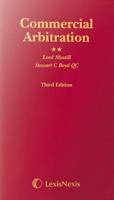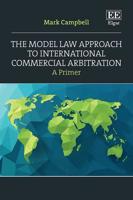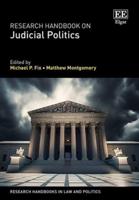Publisher's Synopsis
The presence of children with special needs in public schools has created diverse and shifting tensions. During the 1970s, parents and advocates sought to remove existing barriers and secure greater educational opportunity for handicapped children in public education, insisting that all children can learn and that all children suffer adverse effects from the exclusion of the handicapped from public schools. The legislation that was the product of their efforts, The Education for All Handicapped Children Act of 1975 (EAHCA), has become central to the continuing debate over the role of public schools in educating children with special needs.
The authors of the essays included in this volume contribute to this debate in two ways. First, they evaluate the success of EAHCA and other legal mechanisms designed to ensure that the requirements of children with special needs are adequately met from a variety of historical, empirical, analytical and comparative perspectives. Second, they suggest steps that might be taken to help such legal strategems attain their goals. These suggestions respond to tensions that have shaped, and will continue to shape, the reaction of educators, parents, and the legal system to children with special needs during the years to come.








